The Cassini probe, which has been studying Saturn, its rings and moons for 13 years, recently entered the penultimate stage before ending its life by plunging into Saturn's atmosphere in September of this year, and its new orbit around the planet brings it within "touching distance" of its rings. The new close-up photographs she took reveal in unprecedented detail the outer rings of Saturn.
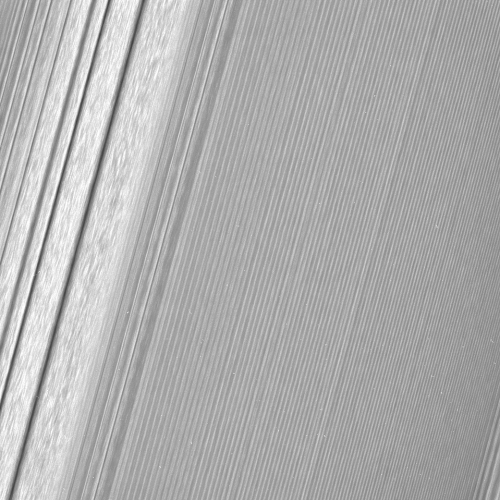
The Cassini probe is indeed in the last stages of its long-term mission around Saturn, into which it will dive in September this year, but precisely because of this its operators at NASA dared to put it on a unique and fascinating orbit where it passes very close to Saturn's rings. In new photos from NASA Has released Yesterday (Monday), Saturn's rings were revealed in unprecedented detail.
The photographs were taken by the spacecraft on December 18 last year, at distances between 50,000 and 56,000 km from the rings, when it passed near Saturn's F ring, which lies outside the planet's two large rings. It sounds quite far away, but the last time Cassini got this close to the rings was only when it reached Saturn in 2004. Due to the problematic lighting conditions at the time, the images of the rings were not as detailed as the new images.
The photographs show interesting features in the rings, called by NASA researchers "straws" and "propellers". These signs in the rings have already been discovered before, but the new close-up photographs reveal them in a higher resolution. In the photographs you can clearly see details of at least 550 meters in size.
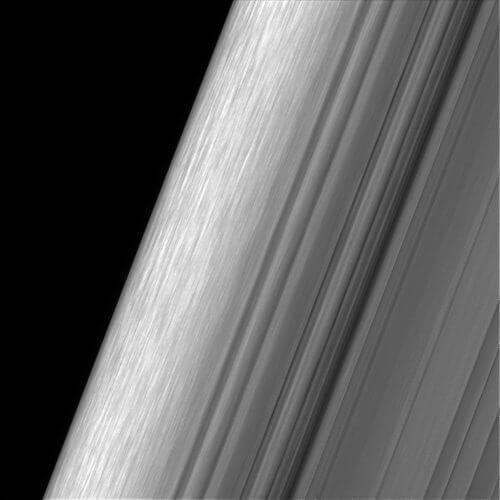
The lines called "straw" by NASA researchers are clusters of the tiny ice particles that make up the rings. In the pictures you can see them as small clusters inside the waves that are visible in the rings. The waves themselves are created following the gravitational interaction of the rings with some of Saturn's moons.
In the pictures you can also see thePropellers” in the rings, a name given by NASA researchers to the crystallizations of ice particles in the rings, whose shape resembles the propellers of an airplane. According to the researchers' hypothesis, these signs are created by the gravitational force of tiny moons (not visible in the photographs) in the rings.
Not all the details in the new photographs are clear to NASA researchers. In one of the photos, NASA made it clear that it does not know how to explain the origin of the "rich structure", according to the agency, which can be seen in the photo (below this paragraph).
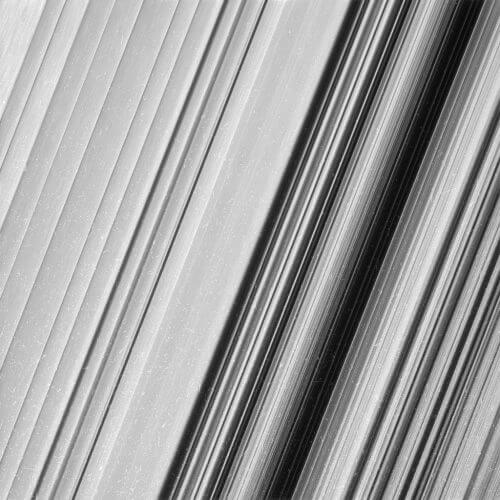
"As the person who designed the images of the rings during the initial entry into orbit around Saturn [in 2004], which remain the most detailed over the past 13 years, I am amazed at the level of improvement in detail of the new images," said Carolyn Porco, head of the Cassini imaging team, of the Space Agency in Boulder. in Colorado, USA. "How fitting that we end the mission with the best photographs ever to be collected on the rings."
Cassini was launched into space in 1997 and reached Saturn in 2004. During its 20-year mission, Cassini taught us a lot about Saturn, its rings and moons. Among other things, it revealed an ocean hiding under a mantle of ice on the small moon Enceladus and lakes of liquid methane at the poles of Titan, the largest of Saturn's moons. It also carried the European Huygens lander that landed and briefly operated on the soil of the exotic moon.
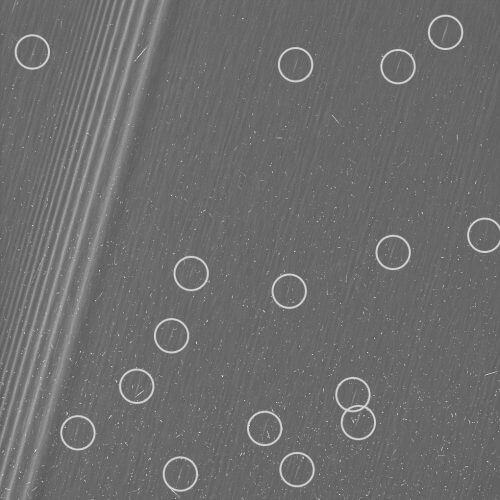
The spectacular images sent by Cassini are just the beginning of a wonderful end to a wonderful mission. The decision to end its mission was made when the old spacecraft's fuel supply began to run low, and there was a danger that it would collide with the moons Enceladus or Titan, where there is a possibility of extraterrestrial life, and the collision could "contaminate" bacteria from Earth and harm future searches for life on them. NASA decided instead to end its life safely by plunging into Saturn's atmosphere, but not before getting closer than ever to Saturn's rings.
In November of last year, Cassini entered its penultimate orbit around Saturn, known by NASA as the "Ring Smoother Orbit". In this orbit it comes within "touching distance" in astronomical terms outside of Saturn's central rings. She will complete 20 such rounds, lasting a week each, until April of this year, when she will enter the most daring phase of her mission. "The grand finaleHers, as it is called by NASA, will begin on April 22, after a final flyby near the moon Titan, which will "push" it and change its course. At this stage, it will pass 22 times in the narrow gap between Saturn and its rings, in a route that will surely provide new and spectacular results and discoveries. At the end of the 22nd revolution, it will dive into Saturn's atmosphere.
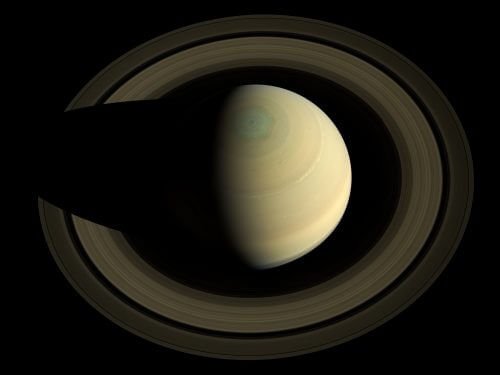
"These close-up images represent the opening of a whole new window into [understanding] Saturn's rings, and over the coming months we expect even more fascinating information as we point our cameras at other areas of the rings, closer to the planet," said Matthew Tiscarno, Scientist on the Cassini mission on behalf of the SETI Institute in California.
Additional unique images from Cassini's current intermediate phase are included Clear waves which are seen in the rings, formed by the gravity of a small moon called Daphnis. She also performed the The most detailed photo of the moon Pandora of Saturn.
See more on the subject on the science website:
- Pandora, a small moon of Saturn, has been revealed in new Cassini images, January 7, 2017
- Cassini will approach the rings on the last mission before crashing into Saturn, December 4, 2016
- Has the mystery of the formation of Saturn's rings been solved?, November 5, 2016

4 תגובות
It's similar to a record, if you put a needle in you hear songs in Shabatite?
Perhaps another explanation for those who can help: I was sure until now that the rings are made up of many fragments of rocks and ice blocks - a tiny lunar spring. But from these pictures, it looks like it's one solid or nearly solid unit
It will be easy to identify organisms originating from the infection using a simple genetic test.
With this excessive fear of causing pollution we will not be able to explore any planet. What about the vehicles that landed on Mars, didn't they cause pollution?